Quang Ninh: A 104-year-old female patient had severe abdominal pain and was hospitalized with a rare obturator hernia, accounting for less than 1% of all types of hernias.
Her family said that the old lady had occasional stomachaches, but they did not check them out, thinking that she would recover in a few days. When the pain became constant, her family took her for a check-up. An abdominal CT scan revealed that the patient had a strangulated hernia due to the small intestine entering the left obturator foramen. Because the patient was old, weak, and had a rare disease, the doctor transferred her to Quang Ninh General Hospital for surgery.
On May 4, Dr. Bui Van Dung, Department of Surgery, said the patient had an obturator hernia, a rare disease that accounts for less than 1% of all types of hernias and has the highest risk of death among all types of abdominal hernias.
After consultation, the doctor ordered emergency laparoscopic surgery to treat the obturator hernia to avoid the risk of intestinal necrosis. Currently, the patient is stable, eating normally, and can be discharged in the next few days.
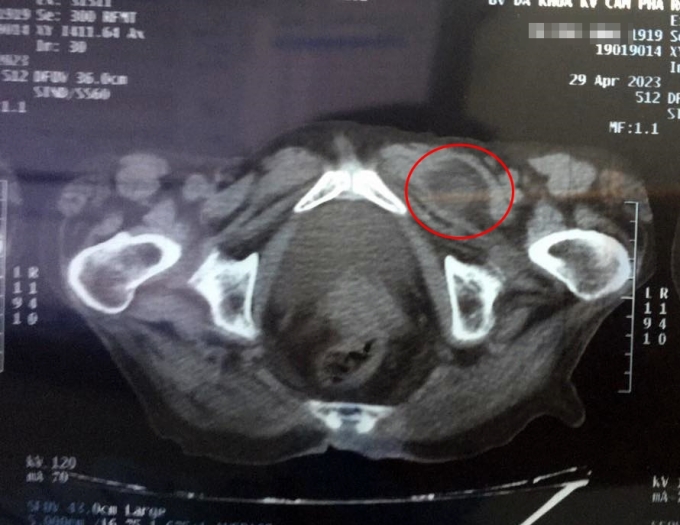
Image of obturator hernia through CT scan. Photo: Provided by the hospital
An abdominal hernia occurs when an organ (such as the omentum or intestine) in the abdomen does not stay in its usual place but protrudes through another point on the abdominal wall, such as the groin (inguinal hernia) or the front of the thigh (femoral hernia). Obturator hernias are very rare. Obturator foramen hernias occur in the obturator canal, also known as the subpubic canal. The disease occurs when the abdominal contents pass through the defect of the obturator foramen to enter the obturator canal.
Obturator hernias often appear in older women, thin body, and have given birth many times. The cause may be due to the laxity of the pelvic floor associated with old age, thin body, and reduced body fat, causing the obturator foramen to widen. In addition, prolonged constipation, chronic obstructive pulmonary disease, or congenital structural abnormalities increase abdominal pressure, causing obturator hernias.
Obturator hernia is difficult to detect because the symptoms of groin pain are easily confused with other diseases. Most cases are detected when the patient is hospitalized with intestinal obstruction or abdominal pain, groin pain. The disease has a high risk of strangulation due to the small hernia opening. If not treated promptly, it can lead to the risk of intestinal necrosis, infection, and life-threatening shock. Surgery is the only radical treatment method.
Doctors recommend that when there are signs of abdominal pain, vomiting, bloating, and inability to defecate, especially in the elderly or those with thin bodies, they should be taken to the hospital immediately for detection and treatment.
Minh An
Source link



![[Photo] Prime Minister Pham Minh Chinh attends the event "Digital transformation of the banking industry by 2025"](https://vphoto.vietnam.vn/thumb/1200x675/vietnam/resource/IMAGE/2025/5/29/0e34cc7261d74e26b7f87cadff763eae)



![[Photo] Prime Minister Pham Minh Chinh receives leaders of Excelerate Energy Group](https://vphoto.vietnam.vn/thumb/1200x675/vietnam/resource/IMAGE/2025/5/29/c1fbe073230443d0a5aae0bc264d07fe)




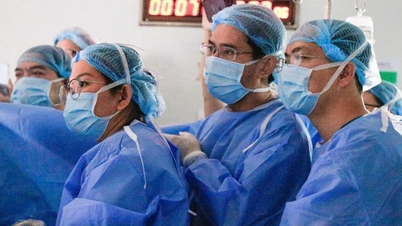

































































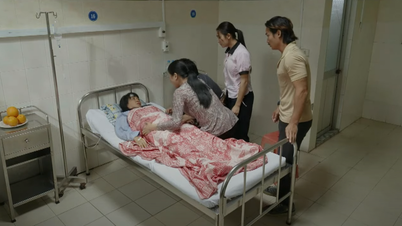
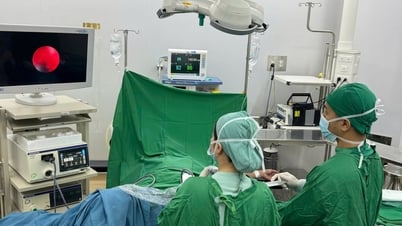


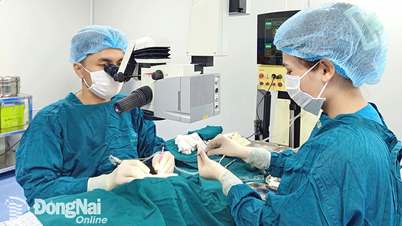













Comment (0)